Safe Haven Museum And Education Center – Oswego, NY
The Safe Haven Museum and Education Center in Oswego is dedicated to telling the story of World War II refugees brought to the United States in 1944. Oswego is the only place in the country where World War II refugees were given a safe place from persecution. This small museum tells their important story.
by Chris Clemens
The United States wasn’t always fighting in World War II of course. We arrived late to the game after Japan forced our hand when they bombed Pearl Harbor.
Long before we joined the Allies, Hitler was condemning Jews (and anyone else he didn’t like) to Concentration Camps. Those who didn’t perish under his hateful watch were coerced into finding respite wherever possible. That respite was often in a safe house and under an assumed identity. Though rumor has it that he had to be convinced by his wife, President Franklin Deleno Roosevelt devised a plan to use a small plot of land here in Oswego to provide refuge for a few of those who found themselves country-less as the result of the war.
It’s the story of those refugees that FDR brought to Oswego that the Safe Haven Museum aims to tell.
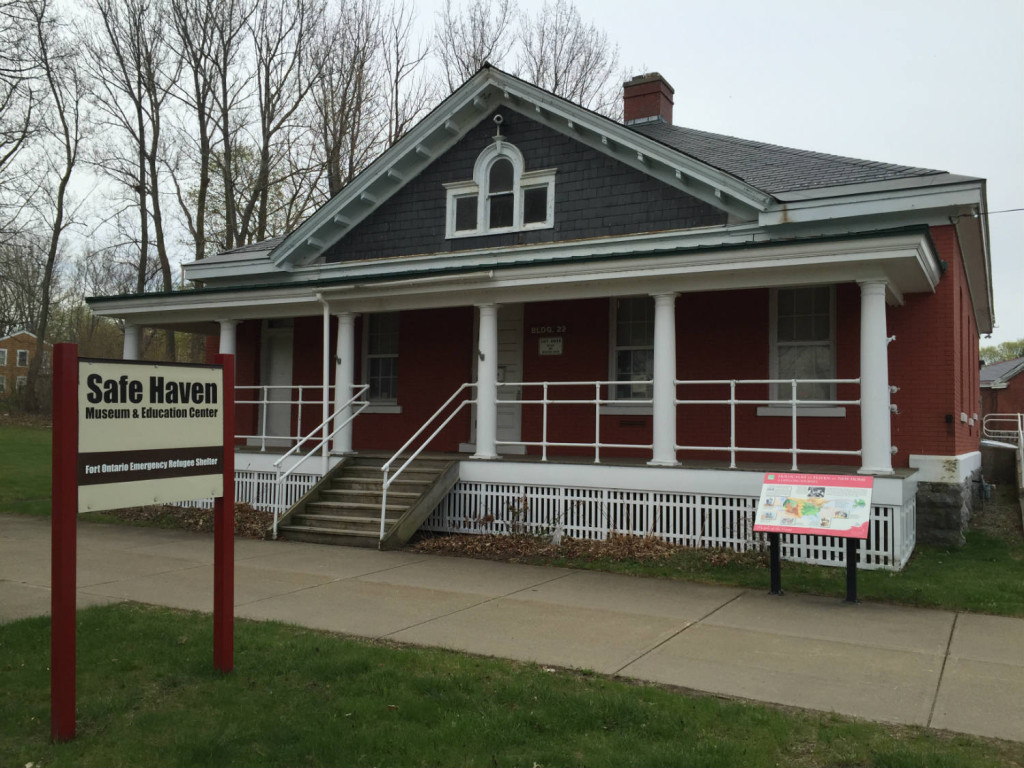
The Safe Haven Museum
Before arriving, I arranged to meet with a volunteer docent.
At age 87 Lois has more energy and smiles than I have on even my best days. She volunteers all four days of the week that the museum is open and has been at it for years. Lois’ passion for sharing Safe Haven’s mission made my intrigue during the visit even stronger.

The property where the museum is located has been used for a number of different things over the years. As a result it already had a compound of vacant housing.
FDR’s proposal was approved by Congress to bring 1,000 refugees from Italy. The one stipulation in that proposal provided each refugee sign a contract agreeing to go back “home” after the war. One thousand of the 3,000 applicants were provided arrangements to board a ship to voyage westward to the U.S.
However, on the day the boat set sail, only 982 refugees climbed aboard. No one has any idea what became of the other 18.
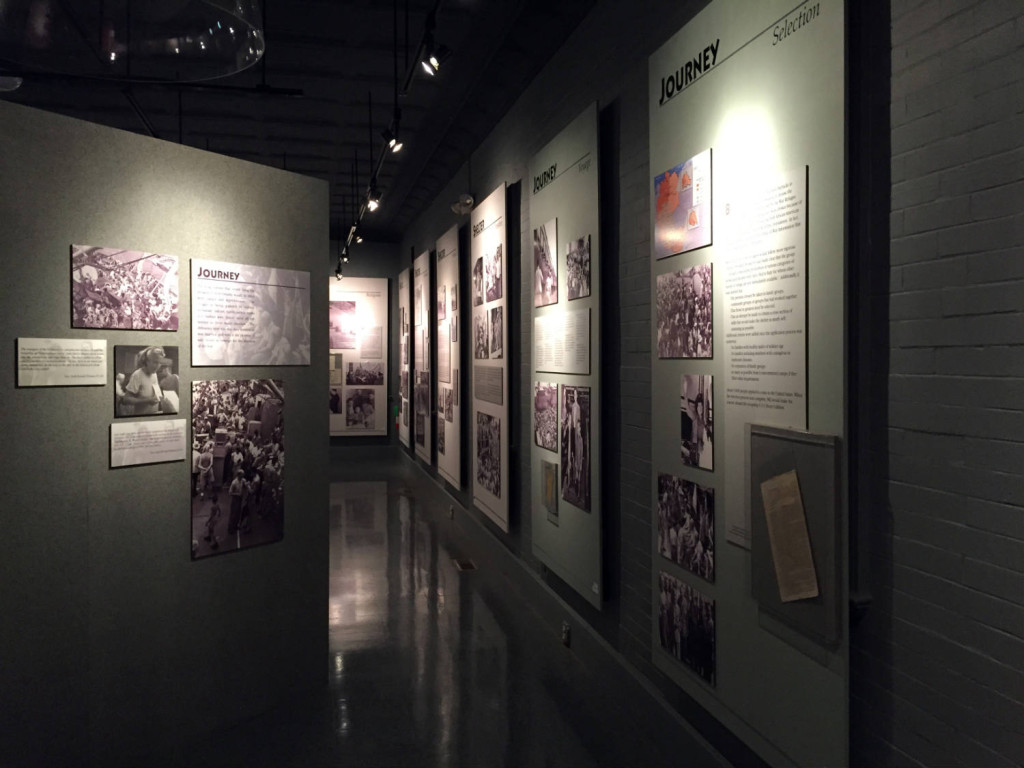
Refugees Arrive In Oswego
In August of 1944, the 982 arrived safely at a port in New Jersey.
Without knowing that Oswego is a few hundred miles from the Jersey shore, they were instructed to board a train to their next destination. I can’t say I blame any one of them for being suspicious, but trepidation set in. All they knew of Jews getting on trains was a story that ended badly. When the train arrived to the Safe Haven campus it stopped outside the tall fences and barbed wire. With feelings of betrayal and doom, they simply refused to get off the train and trust they were safe.
Imagine traveling all that way for safety and arriving to have your hopes shattered only because you thought that the only option for the end of a train’s passage meant certain death? The story at Safe Haven is beautifully poetic and inspiring, but it wasn’t without moments of fear and tragedy.
U.S. troops ultimately took the food that had been set up in celebration of their arrival and individually served the refugees right in their seats on the train cars. Legend has it that one sole man managed to convinced the others to finally deboard. His reasoning was simply based on the fact that they hadn’t eaten that well in years. They decided to trust the Americans and deboard to their new, albeit temporary, home in Oswego.
Life Inside Safe Haven
While sleeping on cots and being quarantined behind a fence wasn’t exactly great, there are countless records of interviews indicating that the respite and safety provided was met with gratitude. Plus, it was worlds better than what they had left behind in Europe.
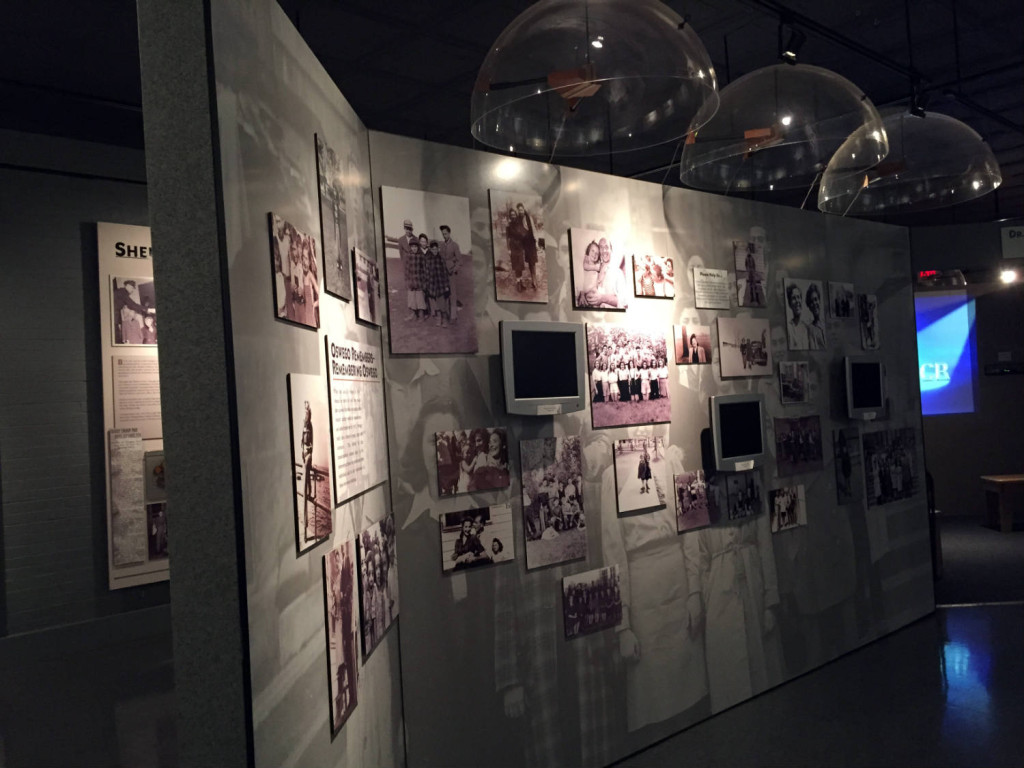
Once the quarantine ended, children attended public schools and the adults were tutored in English. Oswego rallied to help the refugees adjust to the American way of life. First Lady Eleanor Roosevelt visited and Oswego residents regularly visited with refugees and chatted through the fences. There are even stories that some locals helped smuggle in some contraband food like candy bars and gum, passing them through holes in the fence.
There were even 22 babies were born at Safe Haven, and a couple was married by the City Hall. It wasn’t exactly freedom, but the stories shared by refugees indicate that life in Oswego was something to be grateful for.
“I had no country. I was a Jew. No one wanted me…but I was wanted here.” – Safe Haven Refugee
World War II Ends
Then, on September 2, 1945, eighteen months after the arrival of the Safe Haven refugees, World War II officially ended.
The 982 refugees who spent the last year and a half living and acclimating to the New World were told it was time to leave. Per their contract with the U.S. government, they were to return to the various countries in Europe they originally hailed from.
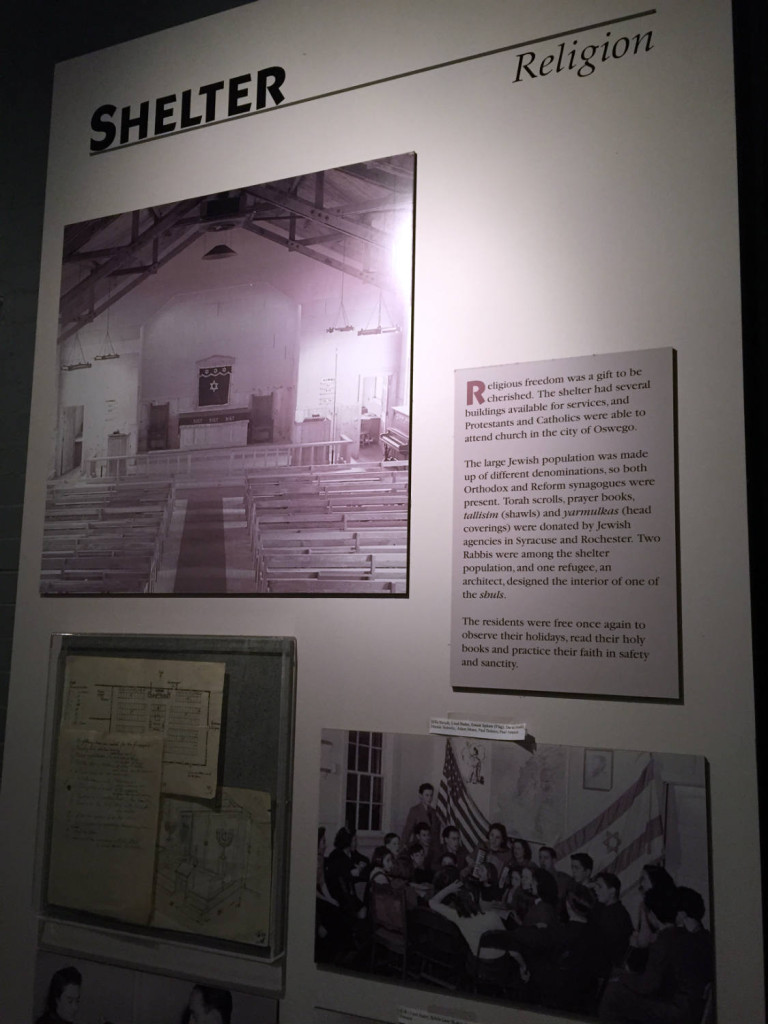
Of course, if you were Jewish, there was no such thing as home in 1945. Families, homes, cultures, governments and entire cities lay in a ruined aftermath of the previous six warring years. By that time the work done at Safe Haven was a national story. Countless Americans insisted that the refugees be granted permission to remain. Despite those calls, Congress reminded both the refugees and those advocating for their clemency that all 982 had signed an agreement upon their arrival. Congress insisted they leave the U.S. and return to Europe.
Lois smiled the entire hour and a half she told me the story of Safe Haven, but it was at this point she seemed to really shine. She said, “That FDR, he insisted he’d find a way to let them remain and sure enough, he did.”
Though as refugees the 982 weren’t welcome to remain in the U.S., as immigrants they were entirely different. Roosevelt brought in multiple buses to caravan any who were interested to the Rainbow Bridge at the Canadian border. They were told to get off the buses, walk across the border and get their passports stamped. Then they could walk back across the border into the U.S.
At that point they would be classified as immigrants rather than refugees. As immigrants, they could go wherever they wanted.
Safe Haven Refugees Return To U.S.
Apparently 100 or so did indeed return to Europe. The remaining refugees who were now Canadian immigrants walked freely back into the free world to find permanent homes.
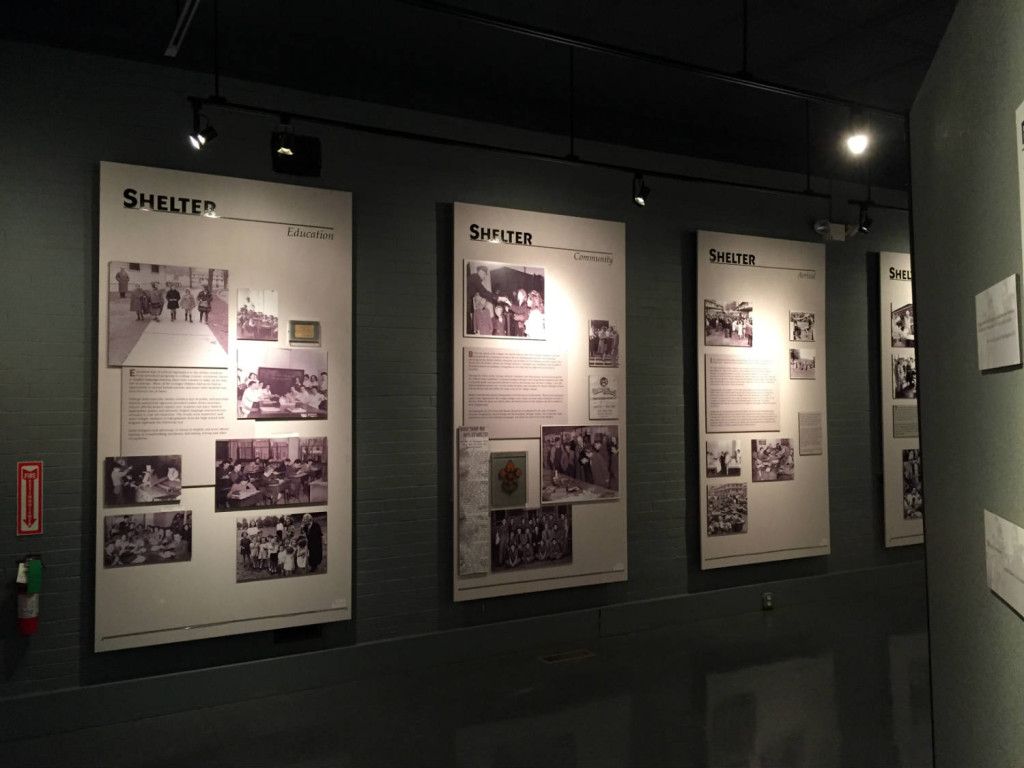
Though each individual was welcomed with open arms back to Oswego, none returned. Many shared that despite their gratitude for such hospitality, Oswego’s winters were no place to celebrate freedom. Nearly all migrated to states with warmer climates.
I’ve read stories of the sadness and ruin that came from the Holocaust but I left Safe Haven with a new sense of America’s role in World War II. The site and FDR’s work was the only government sanctioned effort during the war to rescue Jews seeking safety. The museum is an effort toward preserving the stories that sailed the ocean to find respite on our shores. I’m grateful for folks like Lois who continue to keep the stories alive and to celebrate our humanitarian effort. If you plan to visit, be sure to do so during the summer months when Fort Ontario is open for tours. And, cause let’s face it, the majority of those refugees are right–Oswego’s winters are friggin’ brutal!!
CORRECTION
**Correction: One of Exploring Upstate‘s readers sent a question asking how FDR could have arranged for the refugees return if he was dead. Indeed, President Franklin Delano Roosevelt died on April 12, 1945 which was before the end of the war. I wrote this while the visit was still fresh in mind, so I was sure I had the story right. Looking in to it a bit deeper, it appears that Congress didn’t want the refugees at all, so FDR exercised his executive order to bring them as his personal guests.
Ruth Gruber was one of the ones to lobby for their being able to stay at the end of the war. Ruth’s story is a big one and rather than just mentioning her briefly and not being able to do her story justice, I chose to leave out her name from this post before this late correction. If any historians have a better feel for this story than I have received, feel free to leave a comment!!**
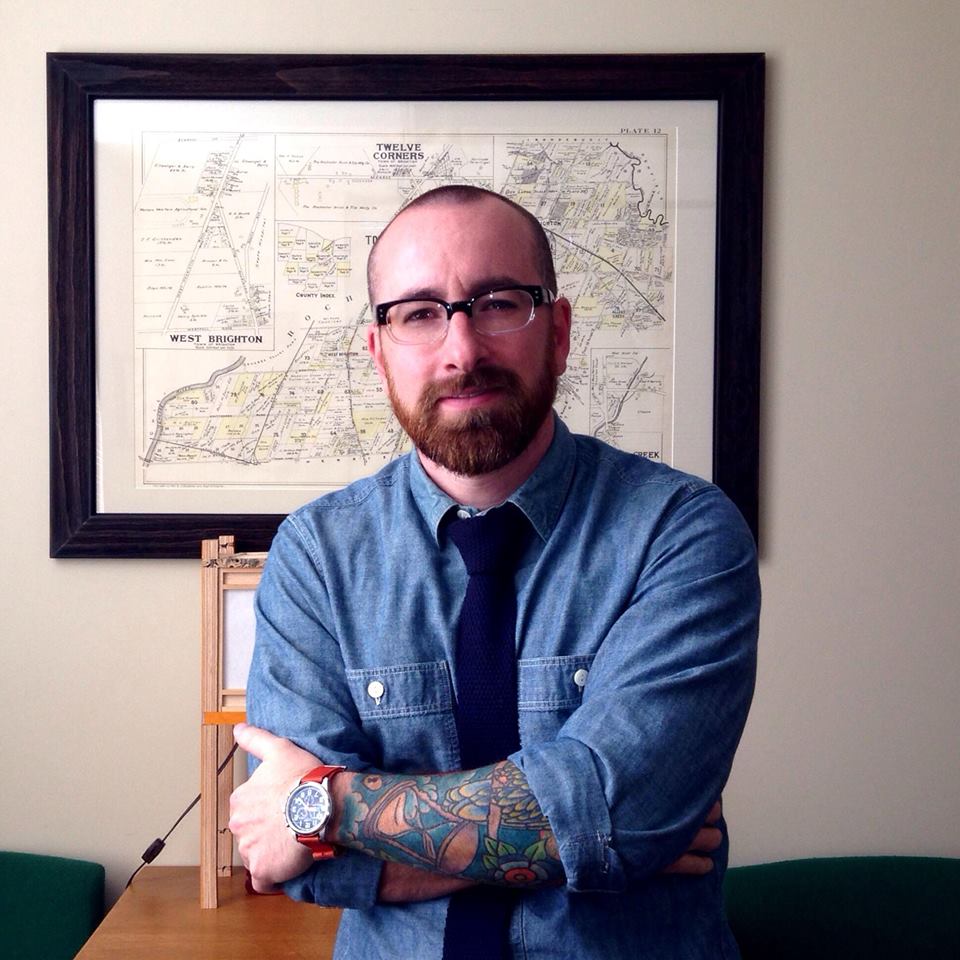
Chris Clemens is the Founder/Publisher of Exploring Upstate. From his hometown in Rochester, he spends as much time as possible connecting with the history, culture, and places that make Upstate New York a land of discovery. Follow him on Twitter at @cpclemens

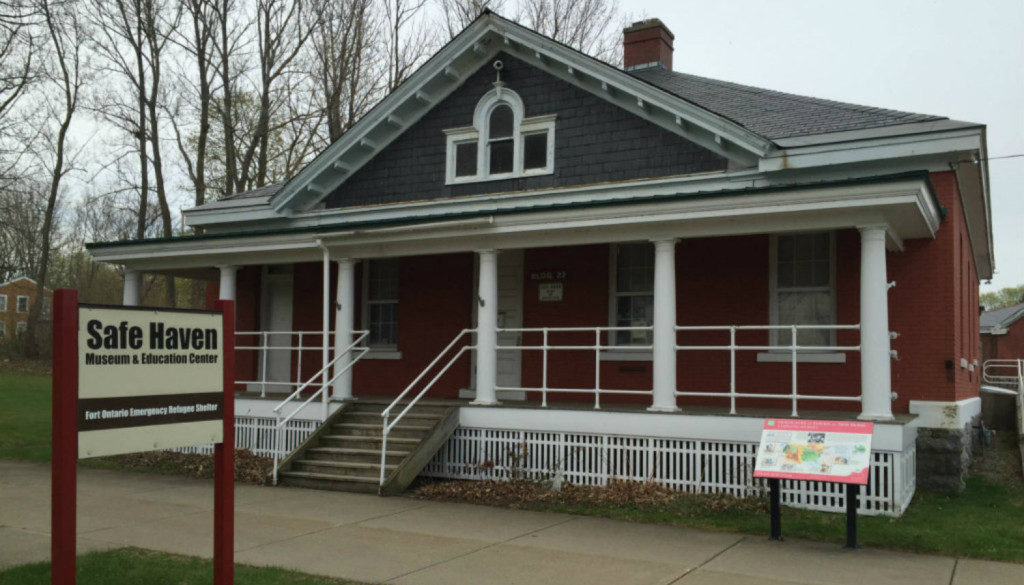
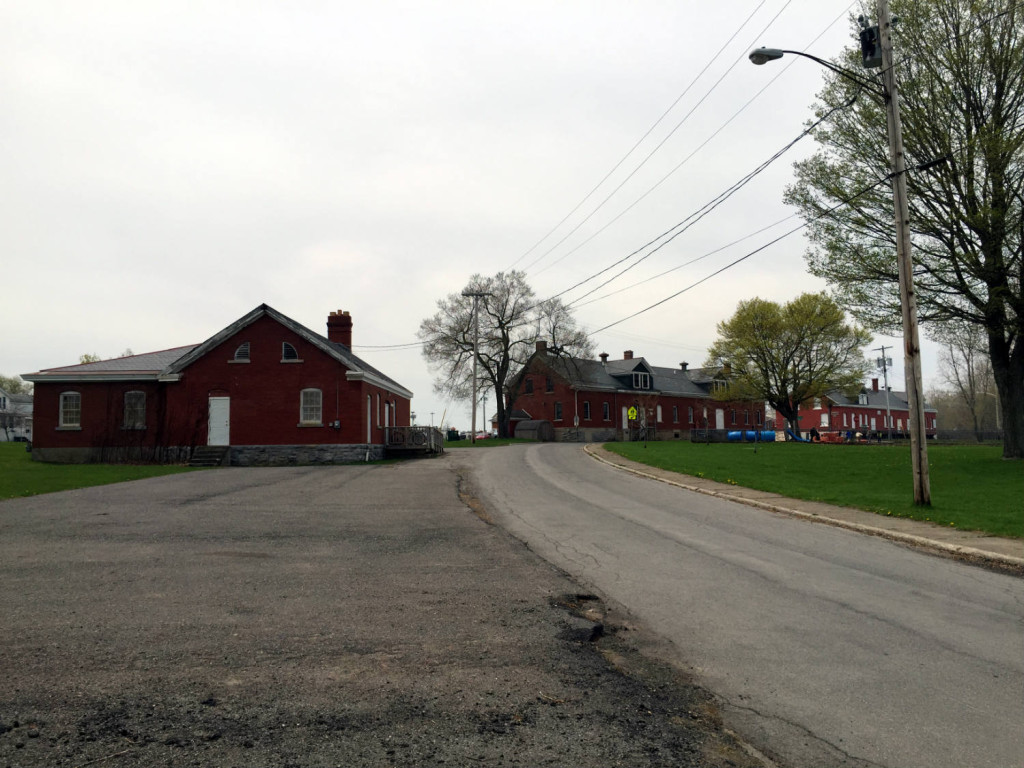

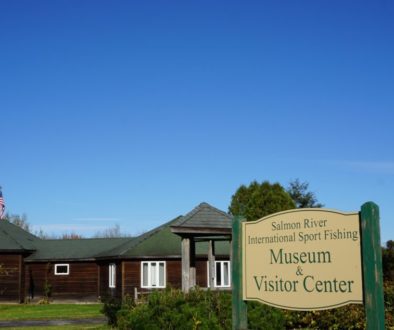
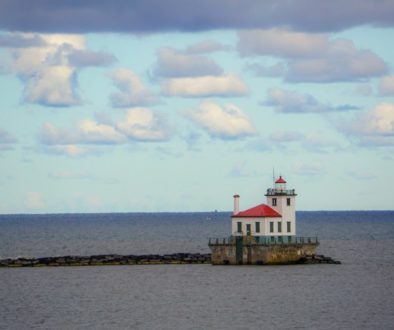
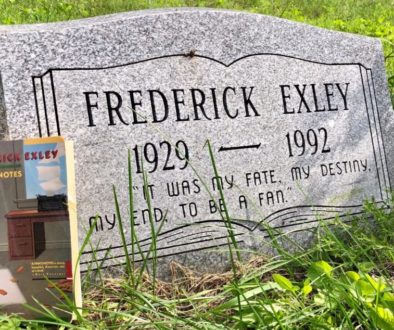
June 5, 2016 @ 12:43 am
The Soldiers who fought and died to liberate Italy were the ones who really rescued the HAVEN Jews, and many more. Don’t they ever get any credit? One gets the erroneous impression that we could have brought Jewish Refugees to the US whenever we wanted to after 1940 but had chosen not to. We simply could not have.